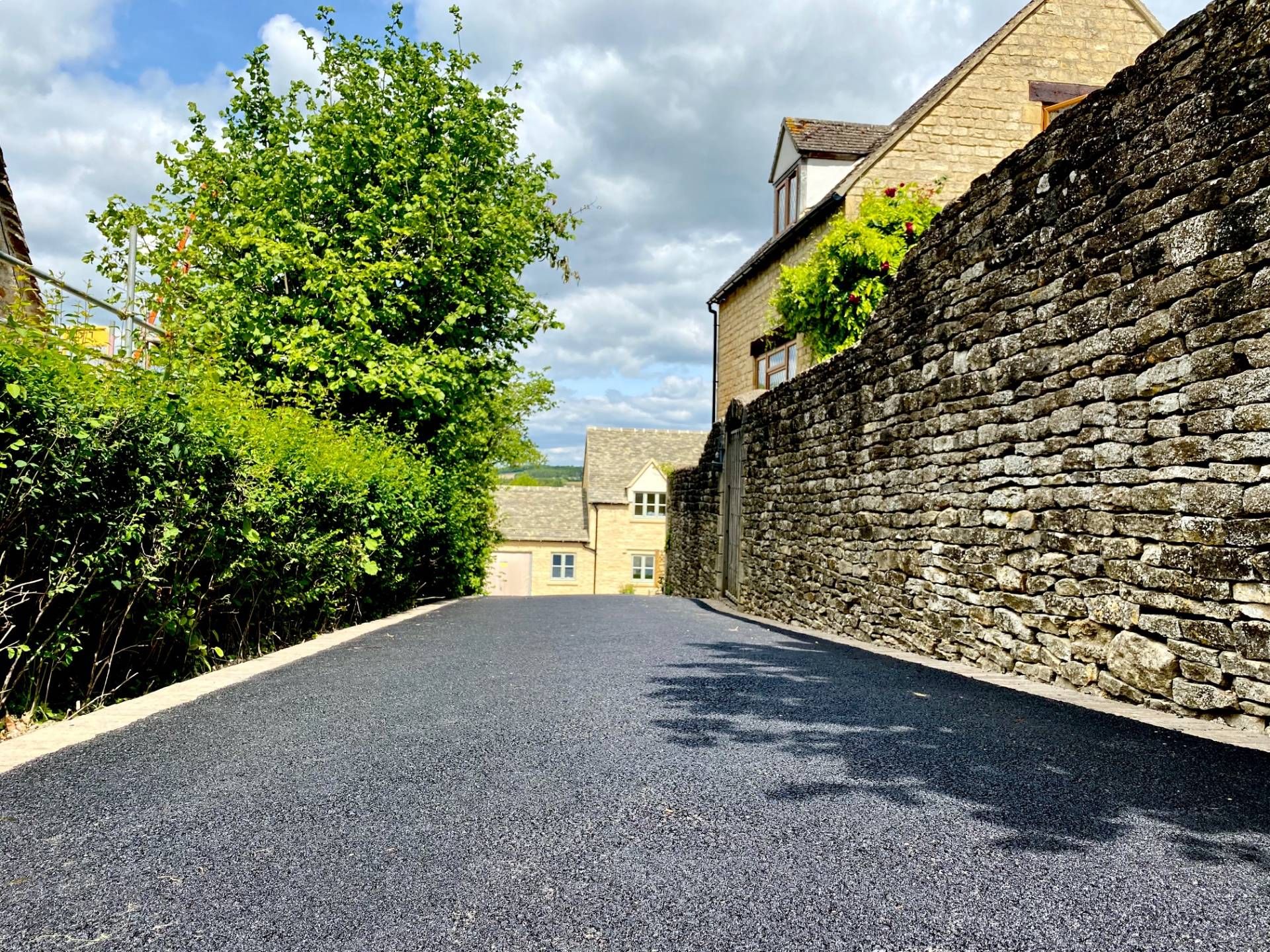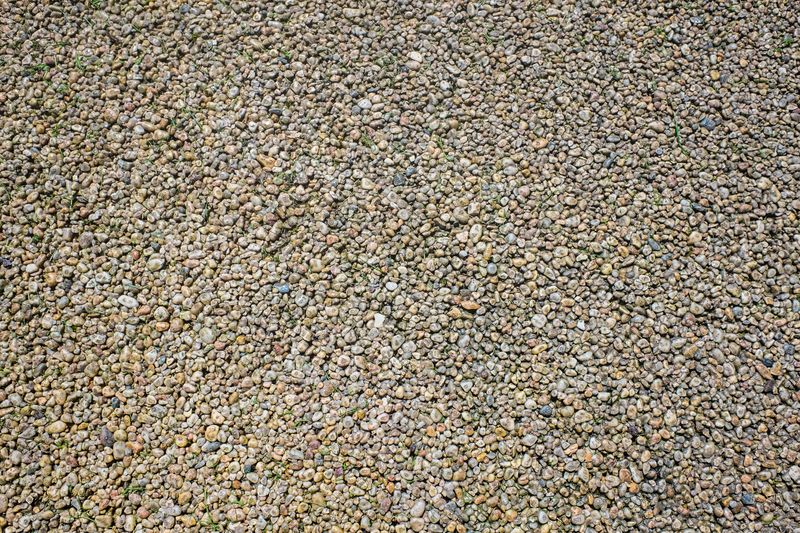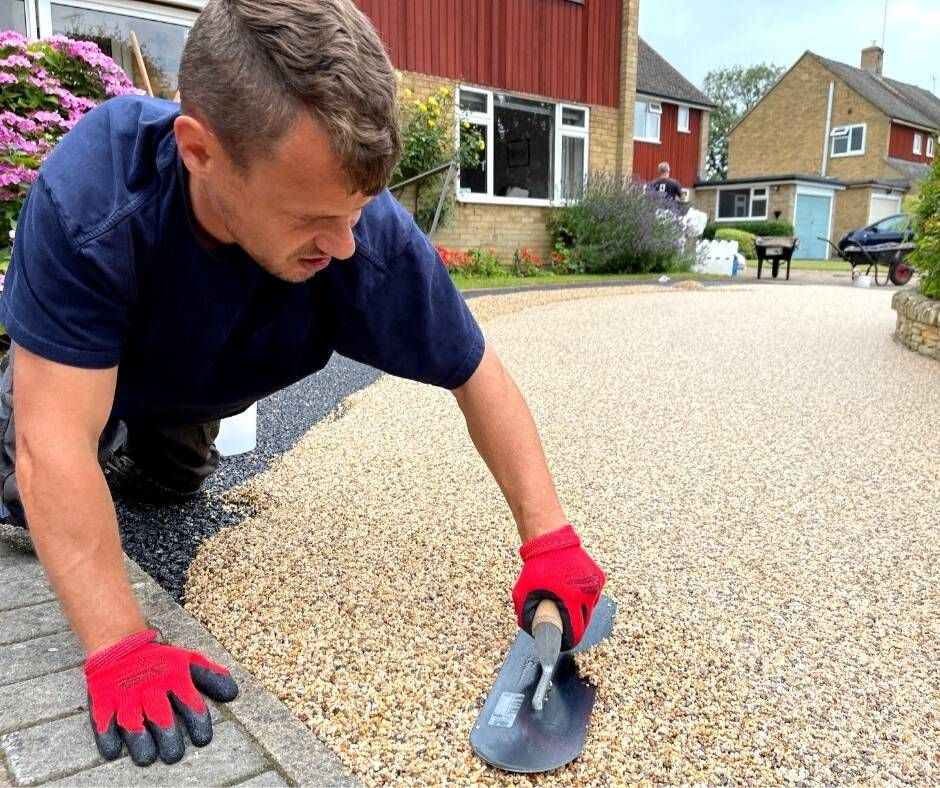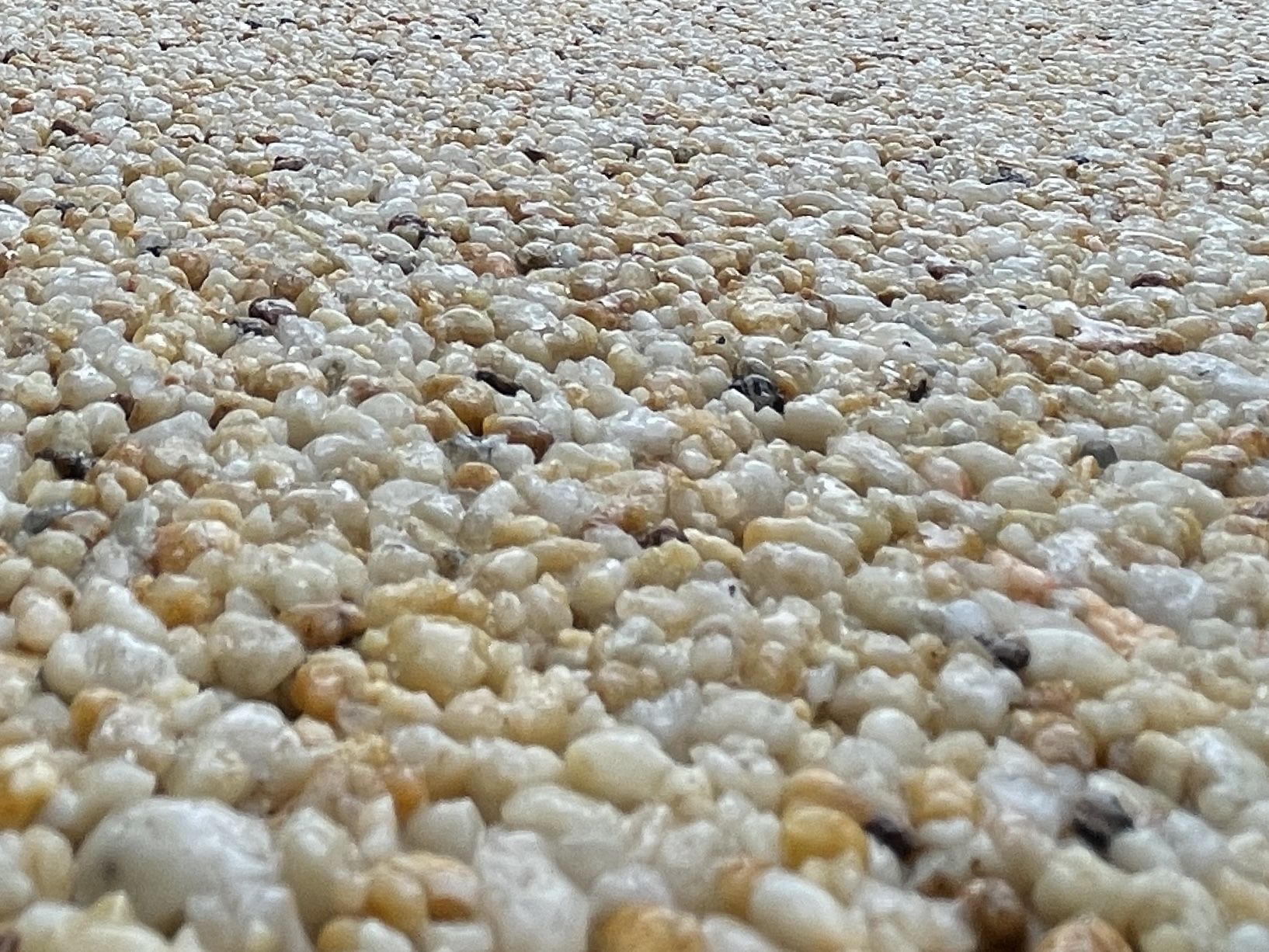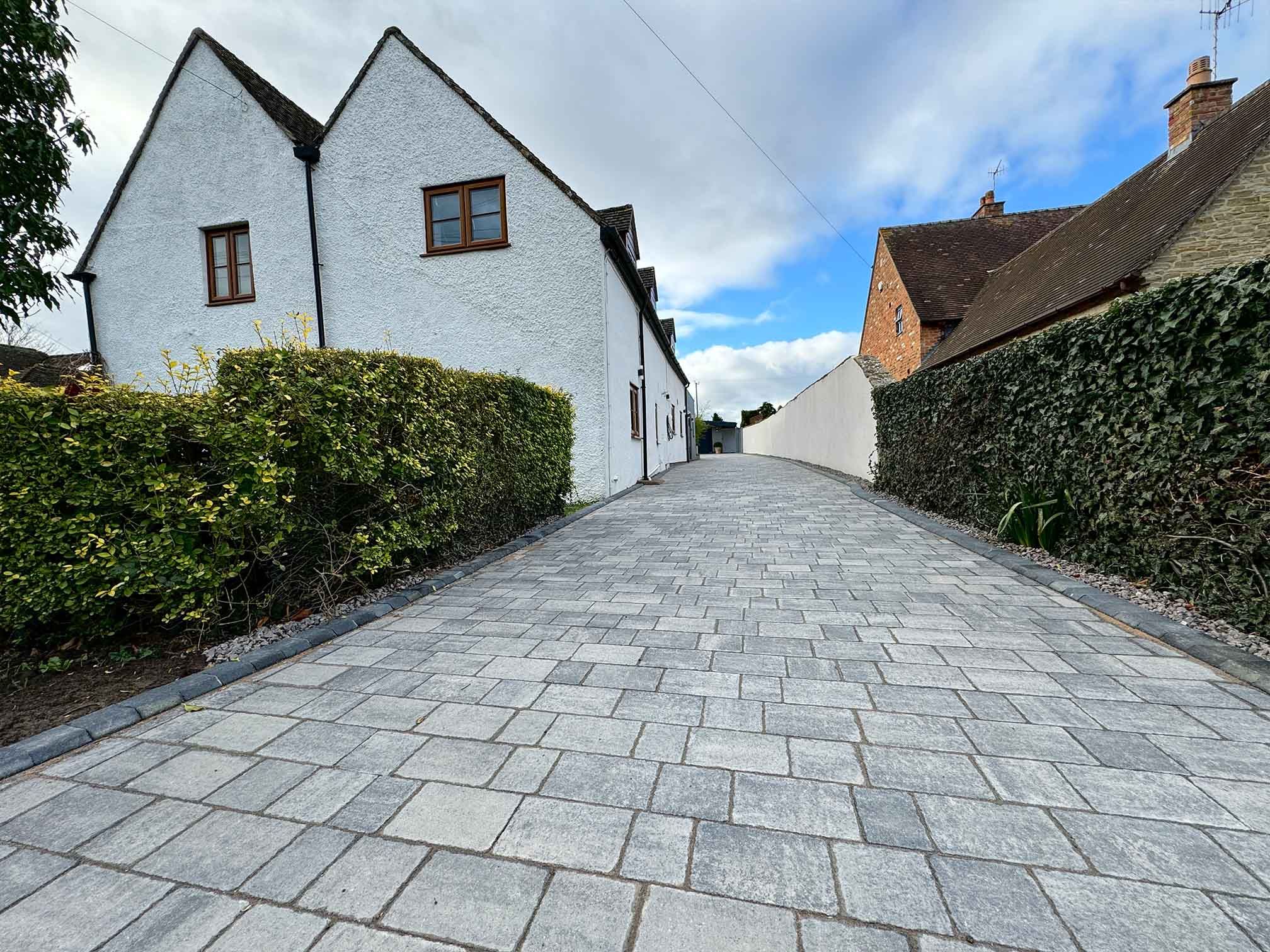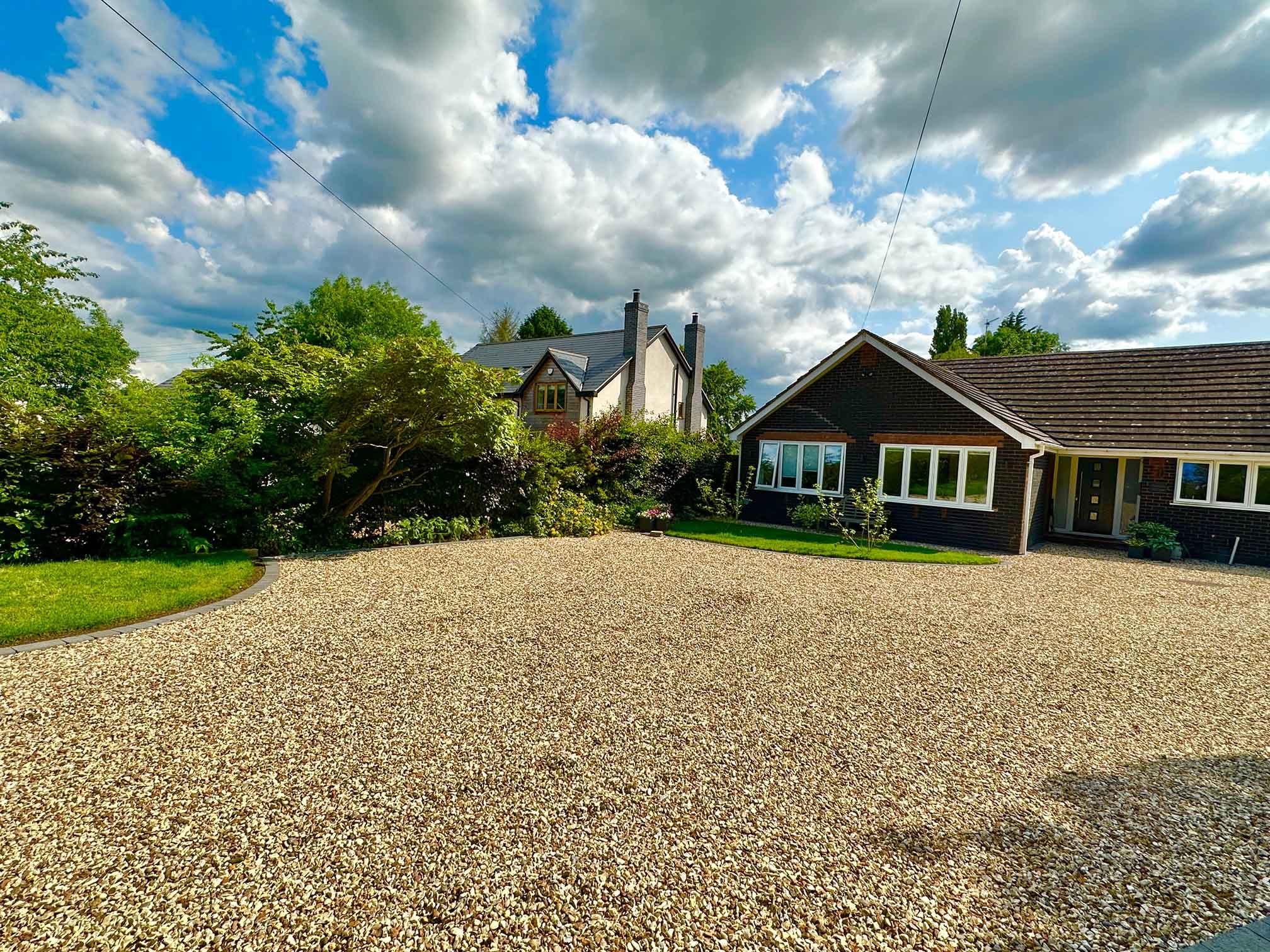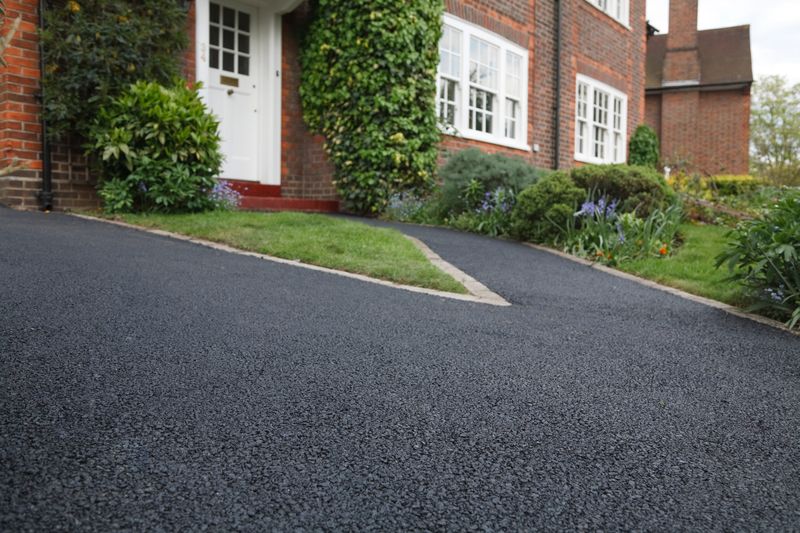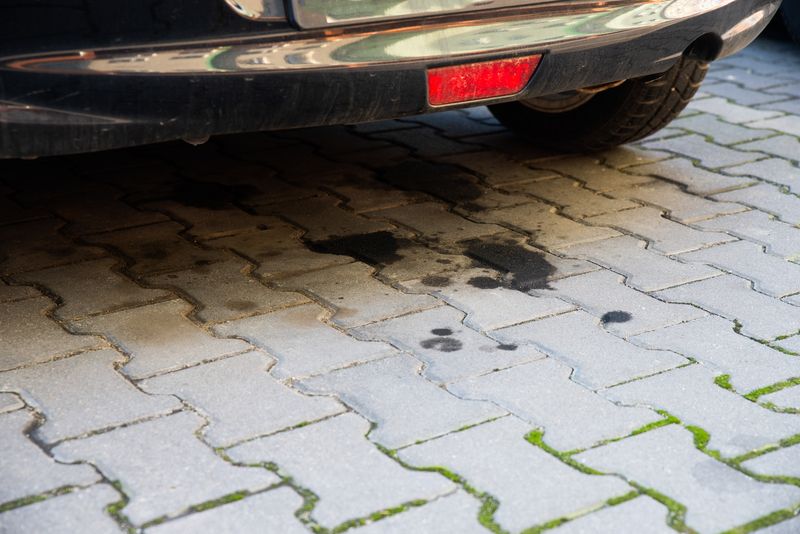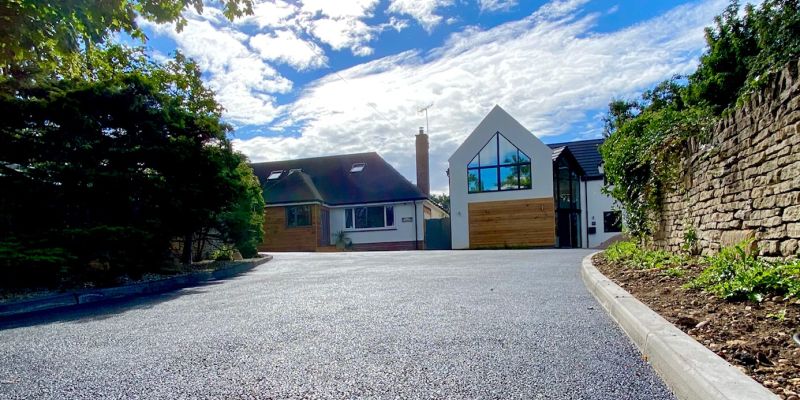
5 Problems With Tarmac and How to Combat Them
Blog
Tarmac is a popular choice for driveways and car parks due to its durability, cost-effectiveness and quick installation time. But over time, tarmac can start to show signs of wear and tear as well as other common issues such as cracking or discolouration.
At Henson Surfacing, we have years of experience in dealing with these problems quickly and effectively. In this blog post, we will discuss five common problems with tarmac surfaces and the steps you can take to combat them. Whether it’s oil stains on your driveway or weeds growing up through cracks in your car park surface, our team has the expertise needed to bring your tarmac back up to scratch! Read on for more information about how you can prevent damage from occurring in the first place - or repair any existing damage that has already taken hold.
1. Cracking – The most common problem with tarmac is cracking, which can be caused by weather changes, heavy traffic and poor installation
Tarmac is a popular choice for driveways, parking lots, and roads due to its durability and affordability. However, it is not immune to wear and tear. Cracking is the most common problem that plagues tarmac surfaces. The culprit could be harsh weather changes, continuous heavy traffic, or a subpar installation. Unfortunately, once cracking occurs, it can easily spiral into a bigger problem such as potholes and uneven surfaces. It is crucial to address cracking as soon as it appears to prevent further damage and costly repairs. Regular inspections, maintenance, and repairs can help extend the life of a tarmac surface
2. Fading – Sun exposure can cause the colour of your tarmac to fade over time
Over time, the sun can cause the vibrant colour of your tarmac to fade. This natural process, known as fading, occurs when ultraviolet radiation from the sun penetrates the tarmac's surface, breaking down the pigments and causing them to lose their bright hue. While fading is a natural occurrence and cannot be entirely avoided, there are steps you can take to slow the process down. Applying a protective coating to your tarmac or parking your vehicles in shaded areas can help shield your tarmac from the sun's harmful rays. Remember, prevention is always better than cure, so taking measures early on can help preserve the colour and appearance of your tarmac, protecting your property's value for years to come
3. Potholes – Potholes are a major issue when it comes to tarmac surfaces as they form due to water seeping into the surface and then expanding when frozen in cold temperatures
Potholes can be a frustrating and dangerous obstacle when driving on tarmac surfaces. These craters in the road form due to a combination of factors, including heavy traffic, freeze-thaw cycles, and moisture. When water seeps through cracks in the pavement and then freezes, it expands and causes the pavement to weaken and break apart. As cars continue to drive over the weakened surface, the pavement eventually collapses, leaving behind a pothole. These pits can cause damage to vehicles, pose safety risks to drivers, and affect the overall smoothness of roads. Regular maintenance and repair of potholes are crucial to keeping roads safe and ensuring smooth driving conditions.
4. Weeds & Moss Growth – Unwanted weeds and moss growth can occur on your tarmac surface if not properly maintained
Did you know that neglecting to properly maintain your tarmac surface can lead to the unwanted growth of weeds and moss? These invasive plants not only look unsightly, but they can also damage the surface of your tarmac, leading to costly repairs. Weeds and moss thrive in damp, dark environments, so it’s important to keep your tarmac surface clean and dry. Regularly removing debris, such as leaves and twigs, can help prevent the buildup of moisture that facilitates weed and moss growth. Additionally, using weed killer and moss remover on a routine basis can help keep these plants at bay. By taking proactive steps to maintain your tarmac surface, you can prevent unwanted weeds and moss growth and prolong the life of your surface.
5. Oil Stains – Oil stains from vehicles or machinery parked on the surface for extended periods of time can be difficult to remove without professional help
Oil stains left behind by vehicles or machinery parked on surfaces for extended periods of time can cause unsightly blemishes that are challenging to get rid of. Unfortunately, traditional cleaning methods such as detergent and water, or even a power washer, may not suffice. A chemical approach may be required to extract the grease and oil that has soaked deep into the surface material. Professional help may be necessary to ensure thorough cleaning, but regular upkeep can also help prevent stains from taking hold. It is important to address oil stains as soon as they occur to minimize the damage and keep your surfaces looking their best.
6. Solutions for Tarmac Problems - Ways you can combat these problems include regular maintenance, sealing the surface after installation and using quality materials during installation
Tarmac provides a smooth, long-lasting surface for roads, driveways and parking lots. However, with time and heavy usage, tarmac can develop problems like cracks, potholes, and surface wear. To combat these issues, regular maintenance is a must. This includes sweeping the surface regularly, removing debris and fixing any small cracks as they appear. When installing tarmac, using high-quality materials is vital as it helps ensure longevity. This coupled with post-installation sealing of the surface helps to prevent water ingress that leads to cracking and breaking. By taking these proactive steps, you can extend the lifespan of tarmac surfaces, keeping them looking great and functioning properly for many years to come.
As you can see, tarmac surfaces are susceptible to a variety of problems if not properly maintained. From fading and potholes to weeds and oil stains, these issues can be both costly and dangerous. The key is prevention: regular maintenance, sealing the surface after installation, using quality materials during installation — all of these things will help keep your tarmac in top condition for years to come. If you’re looking for more information on how to protect your tarmac from damage or repair existing damage caused by neglecting proper upkeep, contact us today! Our team of experts is ready to provide helpful advice tailored specifically to your needs so that you don’t have any further trouble with your pavement.
